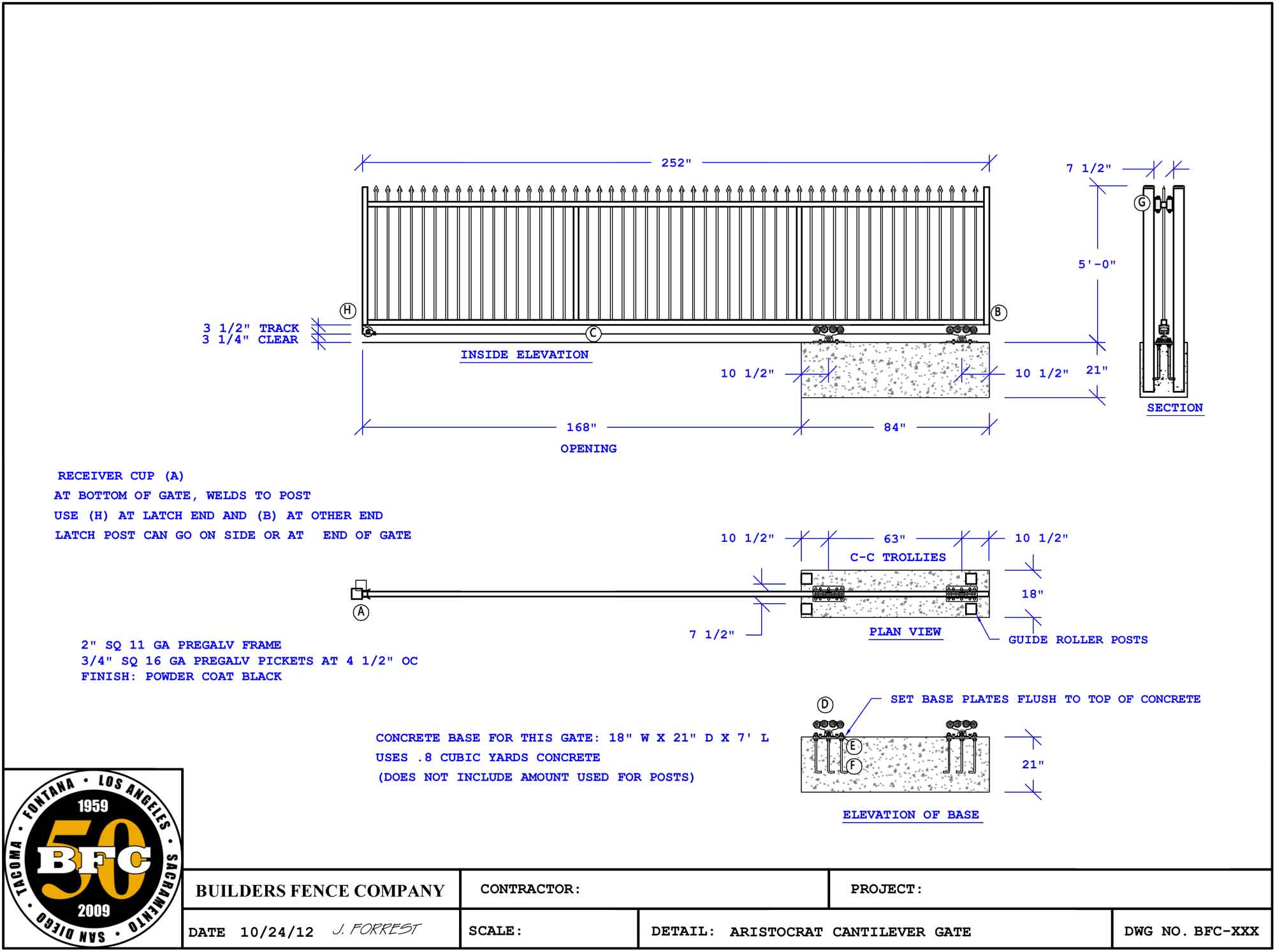
The demand for wrought iron reached its peak in the 1860s, being in high demand for ironclad warships and railway use. Historically, a modest amount of wrought iron was refined into steel, which was used mainly to produce swords, cutlery, chisels, axes and other edged tools as well as springs and files.

Moreover, the presence of slag produces a structure which diminishes the effect of fatigue caused by shocks and vibrations. The non-corrosive slag constituent causes wrought iron to be resistant to progressive corrosion. The slag characteristic of wrought iron is useful in blacksmithing operations and gives the material its peculiar fibrous structure. The chemical analysis of the metal shows as much as 99 percent of iron. It is a highly refined iron with a small amount of slag forged out into fibres. Neither wrought iron nor mild steel contain enough carbon to be hardenable by heating and quenching. The modern functional equivalent of wrought iron is mild or low carbon steel. It was given the name wrought because it was hammered, rolled or otherwise worked while hot enough to expel molten slag. Before the development of effective methods of steelmaking and the availability of large quantities of steel, wrought iron was the most common form of malleable iron. Wrought iron is tough, malleable, ductile, corrosion-resistant and easily welded. It is a semi-fused mass of iron with fibrous slag inclusions (up to 2% by weight), which gives it a "grain" resembling wood that is visible when it is etched or bent to the point of failure. Wrought iron is an iron alloy with a very low carbon (less than 0.08%) content in contrast to cast iron (2.1% to 4%). They retain that description because they are made to resemble objects which in the past were wrought (worked) by hand by a blacksmith (although many decorative iron objects, including fences and gates, were often cast rather than wrought). Many products described as wrought iron, such as guard rails, garden furniture and gates, are actually made of mild steel. Many items, before they came to be made of mild steel, were produced from wrought iron, including rivets, nails, wire, chains, rails, railway couplings, water and steam pipes, nuts, bolts, horseshoes, handrails, wagon tires, straps for timber roof trusses, and ornamental ironwork, among many other things.Wrought iron is no longer produced on a commercial scale. However, as properties such as brittleness of mild steel improved with better ferrous metallurgy and as steel became less costly to make thanks to the Bessemer process and the Siemens-Martin process, the use of wrought iron declined. Moreover, the presence of slag produces a structure which diminishes the effect of fatigue caused by shocks and vibrations.Historically, a modest amount of wrought iron was refined into steel, which was used mainly to produce swords, cutlery, chisels, axes and other edged tools as well as springs and files.


Neither wrought iron nor mild steel contain enough carbon to be hardenable by heating and quenching.It is a highly refined iron with a small amount of slag forged out into fibres.



 0 kommentar(er)
0 kommentar(er)
